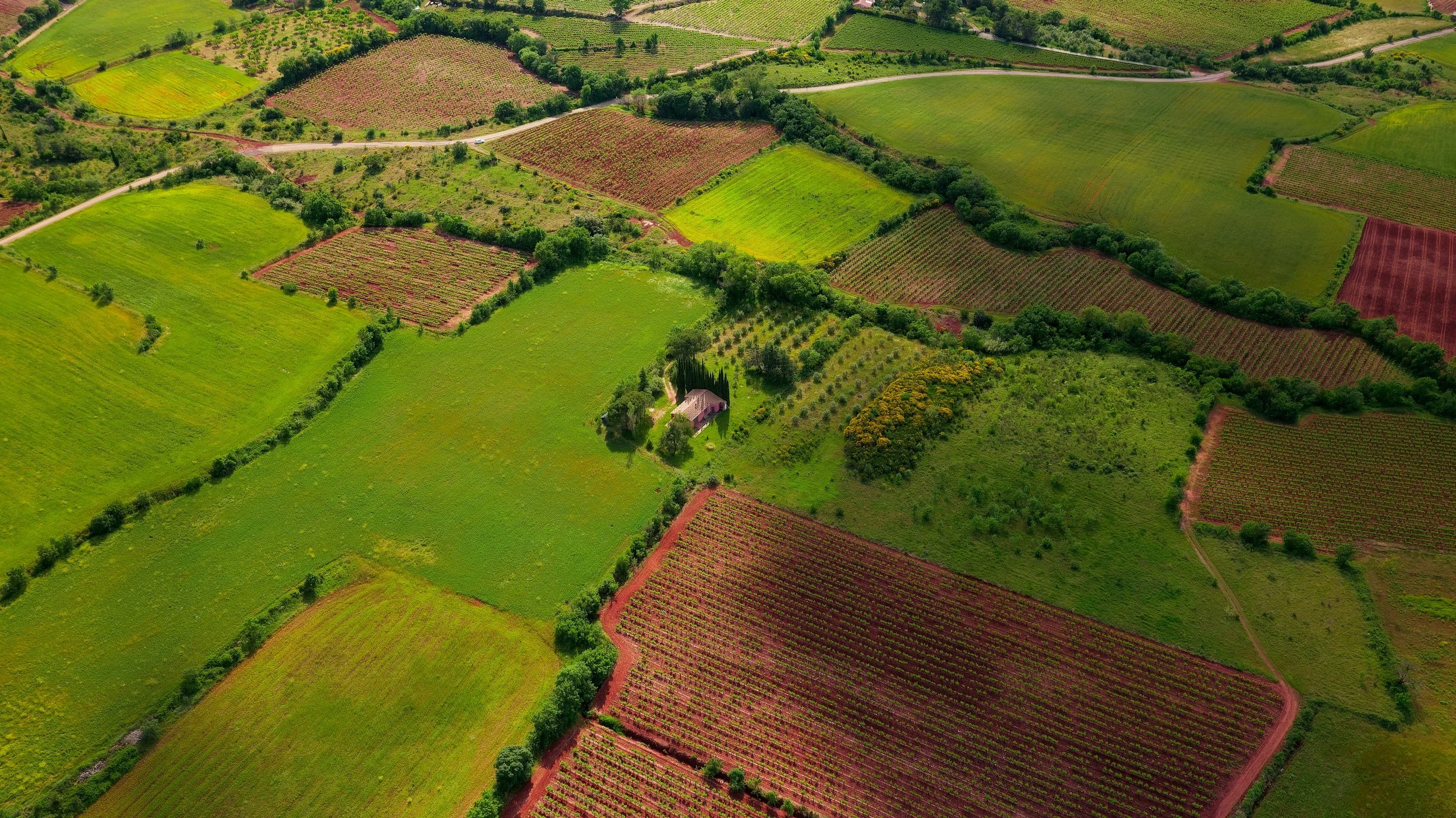On July 21, 2015, the U.S. Department of Agriculture announced $349 million in funding to be used for the improvement of electric infrastructure in thirteen states. The funding for the projects is provided through the USDA Rural Development’s Electric Program. According to U.S. Agriculture Secretary Tom Vilsack, the goal of the funding is to improve electric systems in rural communities in an effort to “build a sustainable and dynamic future for rural residents and businesses.
Wild Horses: Addressing the Problem of Kentucky’s Free-Roaming Horses
The idea of stray horses wandering the countryside seems like a relic of a bygone era. However, the surprising reality is that not only do free-roaming horses still exist, but they are also an increasing source of problems for the Bluegrass State, particularly in Eastern Kentucky. In recent months, the issue of stray horses has drawn significant attention from state legislators and, as a result, important steps have been taken to solve this complicated dilemma.
New Supreme Court Ruling Provides Hope for Coal Country
“Coal keeps the lights on.” You can find this phrase plastered on billboards, license plates, and bumper stickers throughout Kentucky and West Virginia. These states comprise “coal country,” a place where the words of this clever phrase run deep. Coal literally keeps the lights on in these two states, as more than 90% of electricity in both states comes from coal. Additionally, this resource helps to produce almost 40,000 jobs in the two states combined, providing many individuals and families with an income to actually “keep the lights on." The coal industry has been under attack in recent years, with the EPA proposing a rule in June of 2014 that was considered “one of the strongest actions ever taken by the U.S. government to fight climate change.” However, a recent Supreme Court decision blocking this stringent regulation may just keep the lights on a little longer for the coal industry.
BP Oil Spill Settlement Is Largest in American History, but Is It Really as Great as It Seems?
On July 2, 2015, BP settled litigation from the now infamous 2010 Deepwater Horizon oil spill that killed 11 crewmembers and released 200 million gallons of crude oil into the Gulf of Mexico, which ultimately resulted in the deaths of thousands of marine animals and the loss of billions in economic damages. The settlement, the largest environmental settlement in American history, if approved, is between BP, the federal government, and the state and local governments of the five greatly affected states.
Local Food Movement Builds in Kentucky
The local food movement is growing stronger and is expanding exponentially across the United States. Local Food sales topped $11.7 billion last year according to the United States Department of Agriculture (USDA) which has invested more than $800 million in more than 29,100 local and regional businesses and infrastructure projects. This investment is part of a federal initiative called “Local Foods, Local Places,” which invites communities to participate by providing direct technical support to build strong local food systems.[ii] Over 4,000 local and regional food businesses and projects – including food hubs, farm-to-school programs, and initiatives to expand health food access to low-income communities – can be pinpointed in every state across the country. Kentucky leads the nation in participation in this federally funded local food project.
Drug Free: The Possible Future of Horse Racing
This year’s Belmont Stakes was the stage for American Pharoah to become the first Triple Crown winner since Affirmed in 1978. However, it also brought tragedy when Helwan had to be euthanized after suffering a broken left front cannon bone.
While a drug did not cause Helwan’s broken bone, the fact that this horse was racing for the first time on a drug called LASIX (Furosemide) has rekindled a debate on the use of controlled substances and performance enhancing drugs in horse racing.
American Pharoah is the 12th Horse in History to win the Triple Crown
Impact of California’s Drought on Wine Industry
With the continuing drought in California, the agricultural industry may be fearful of losing its top spot on the ERA’s list for the top agricultural producing state— worth roughly $46 billion and employing 1.7 million people. However, one particular crop may not be as threatened as the rest—California’s celebrated grapevine.














